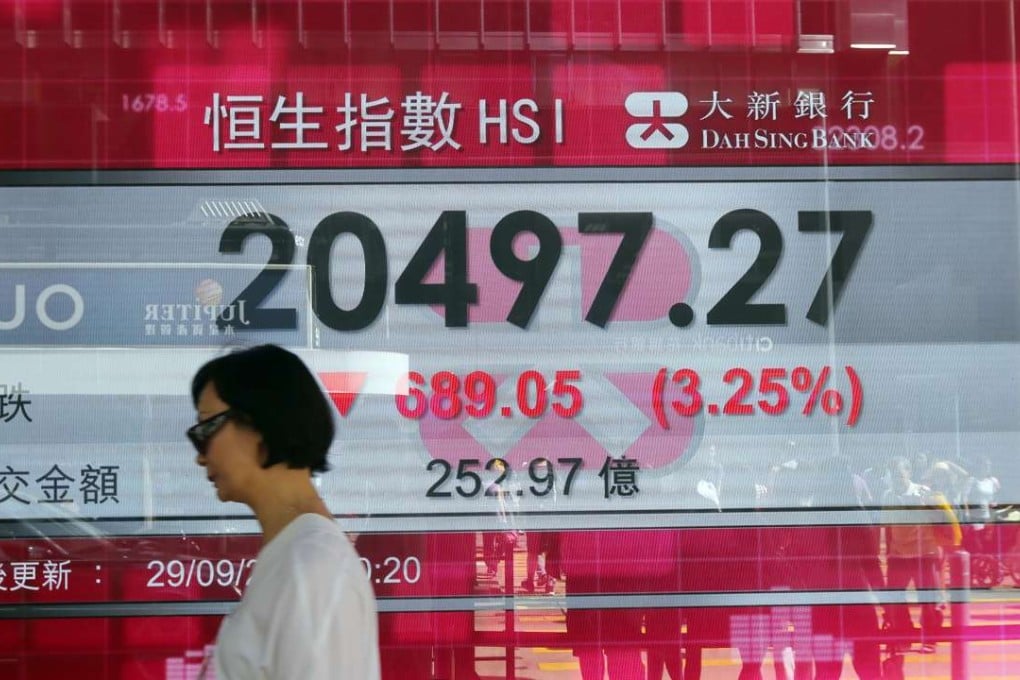The View | Just how accurate a picture of the Hong Kong stock market does the Hang Seng Index really give us?
It is quite possible to argue the rarely-cited Composite Index is a far better proxy, given it has four times the constituents

Every day news bulletins make a point of telling listeners how the major benchmark indices have performed. But does the Hang Seng Index, for example, give an accurate picture of the Hong Kong stock market?
Moreover how accurate are other major benchmark indices in furnishing an accurate reading of the state of the markets?
Both London’s FTSE and New York’s DJIA are, if anything more misleading than the HSI, which is almost unthinkingly used as the point of reference for assessing the strength of the local market and is also widely used as a proxy for assessing the state of the economy.
The Hang Seng Index has 50 constituent companies. It embraces the largest and most liquid stocks in the local market, very much dominated by finance companies, which account for almost 48 per cent of the weighting, followed a distant second by information technology companies, just three of them, accounting for 11.3 per cent of the weighting, in third place are 10 property and construction companies, which account for just over 10 per cent of the weighting – my how the mighty have shrunk!
There are only two Hong Kong companies in the top ten of the HSI’s weighting list, HKEX, that’s the Hong Kong Stock Exchange itself and CKH Holdings.
Just two other companies, British-based HSBC and the mainland-based Tencent, account for almost 21 per cent of the entire weighting, most of the other leading companies in the index are either mainland based or mainland controlled.
